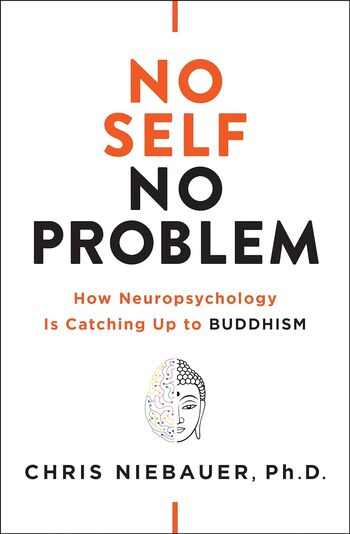
James Fulcher’s ‘Capitalism: A Very Short Introduction’ examines capitalism’s history, principles, and global impact, from its medieval origins to its modern forms, discussing innovations and challenges.
Main Lessons
- Capitalism thrives through capital investment, where money is used to generate more profit.
- Wage labor is pivotal for production and consumption, driving the capitalist cycle.
- The competitive nature of markets propels innovation but can strain the workforce.
- Roots of capitalism trace back to medieval Europe, flourishing under fragmented political structures.
- The Industrial Revolution catalyzed capitalism, making state intervention essential.
- Managed capitalism evolved with welfare states, improving living conditions.
- Neoliberal capitalism emerged by prioritizing market forces over social welfare.
- The US and UK led the neoliberal shift, impacting global income equality and job security.
- Financial deregulation contributed to the 2007-08 global financial crisis.
- Unchecked financialization of capital led to economic volatility and high debt levels.
- Future capitalist systems may learn from state-managed models in Asia.
- The interplay between capitalism and climate change highlights urgent reform needs.
- Capitalism’s adaptability offers potential for addressing its own challenges.
- The global reliance on capitalism underscores its persistent influence and the necessity for ongoing analysis.








